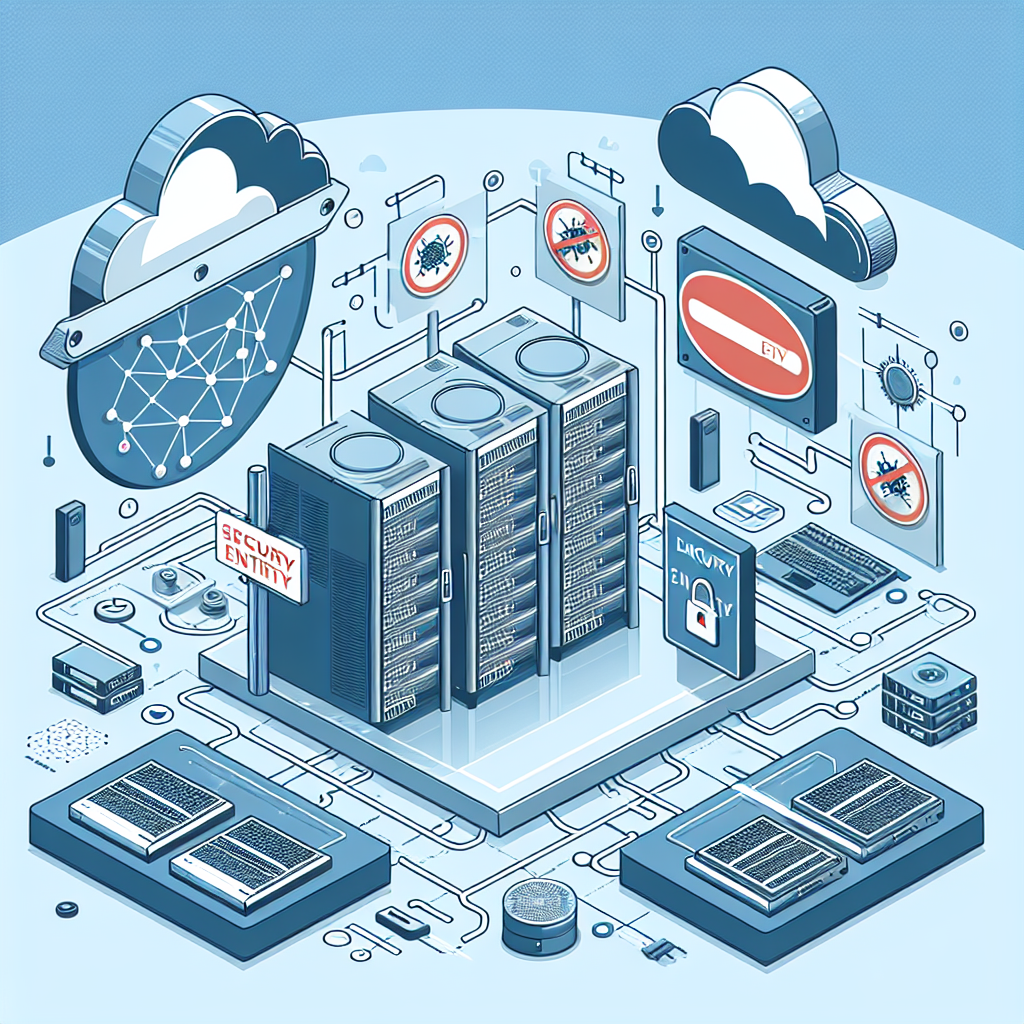Your cart is currently empty!
Best Practices for Conducting a Data Center Risk Assessment: Ensuring the Safety and Security of Critical Information

Data centers are the backbone of modern businesses, housing critical information and infrastructure that keep organizations running smoothly. With the increasing reliance on digital technology, it is more important than ever to ensure the safety and security of data center environments. One key way to safeguard against potential threats is by conducting a thorough risk assessment.
A data center risk assessment is a systematic process of identifying, analyzing, and evaluating potential risks that could compromise the safety and security of the data center. By proactively identifying and addressing vulnerabilities, organizations can mitigate the impact of potential threats and ensure the continuity of their operations.
Here are some best practices for conducting a data center risk assessment:
1. Identify potential threats: Start by identifying potential threats that could impact the data center, such as natural disasters, cyber attacks, equipment failures, and human errors. Consider both internal and external threats and assess the likelihood and potential impact of each threat.
2. Assess vulnerabilities: Evaluate the security and resilience of the data center infrastructure, including physical security measures, network security protocols, and backup systems. Identify any weaknesses or vulnerabilities that could be exploited by potential threats.
3. Analyze potential impacts: Consider the potential impact of each threat on the data center operations, including downtime, data loss, financial losses, and reputational damage. Prioritize threats based on their potential impact on the organization.
4. Develop risk mitigation strategies: Once potential threats and vulnerabilities have been identified, develop risk mitigation strategies to address them. This may include implementing security controls, disaster recovery plans, and backup systems to minimize the impact of potential threats.
5. Test and refine strategies: Regularly test and refine risk mitigation strategies to ensure their effectiveness. Conduct regular security audits, penetration tests, and disaster recovery drills to identify and address any weaknesses in the data center environment.
6. Continuously monitor and update risk assessment: Risk assessment is an ongoing process that should be regularly reviewed and updated to reflect changes in the data center environment. Stay informed about emerging threats and vulnerabilities and adjust risk mitigation strategies accordingly.
By following these best practices for conducting a data center risk assessment, organizations can ensure the safety and security of critical information and infrastructure. Proactively identifying and addressing potential threats can help minimize the impact of security incidents and ensure the continuity of business operations. Remember, prevention is always better than cure when it comes to safeguarding the data center environment.

Leave a Reply